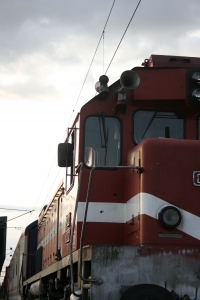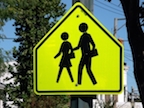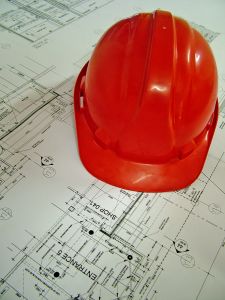
It has been three years and five months since the catastrophic gas line explosion in San Bruno that killed eight people, injured 66 others and devastated a neighborhood. Bay Area personal injury attorney Gregory J. Brod is among those people who would hope that the government agencies responsible for oversight of the disaster and Pacific Gas and Electric Company, the company that caused it, would be forthcoming with sharing germane public records. But judging by a lawsuit that was filed this week, the key agency in question, the California Public Utilities Commission, is not moving fast enough for the city at the center of the Sept. 9, 2010, conflagration.
According to the San Jose Mercury News, the city of San Bruno filed a lawsuit in San Mateo Superior Court on Tuesday against the CPUC seeking to force the agency to release public records on the explosion. The city is demanding that the CPUC release the documents in order to comply with the California Public Records Act as well as four separate requests that it has made for documents pertaining to the CPUC’s deliberations on the fine it contemplated against PG&E.
San Bruno officials believe that the documents will detail improper conduct at the CPUC regarding the fine, which has not yet been imposed, as well as a too-cozy relationship between the agency and the utility it is supposed to regulate.
“We believe the PUC is deliberately withholding information that would embarrass the agency,” said San Bruno City Manager Connie Jackson. “This is an issue of accountability and transparency.”
San Bruno Mayor Jim Ruane was particularly concerned about the relationship between the CPUC and PG&E.
“We are concerned the leadership of the CPUC is in the pocket of the utility company it is supposed to regulate,” Ruane said Tuesday at a news conference on the steps of the courthouse after the lawsuit was filed. “Our lawsuit calls for full transparency so that the people of San Bruno and the citizens of California can be confident about the integrity of this penalty process against PG&E.

And San Bruno City Attorney Marc Zafferano posed this interesting question when he complained, “Ten months after making a series of public records requests, the CPUC has refused to comply, leading us to question what the agency is trying to hide.”
The CPUC’s response as to why it has not released the records: It’s been “very busy” and would respond “when it had free time.”
More specifically, according to the San Francisco Examiner, the CPUC says that it has the right to withhold the documents under the deliberative process privilege exemption of the state Public Records Act, which was imposed by the California Supreme Court in 1991. The Supreme Court ruled that “the key question in every case is whether disclosure of the materials would expose an agency’s decision-making process in such a way as to discourage candid discussion with the agency and thereby undermine the agency’s ability to perform its functions.”
Continue Reading ›
 San Francisco Injury Lawyer Blog
San Francisco Injury Lawyer Blog


 Last week,
Last week, 



